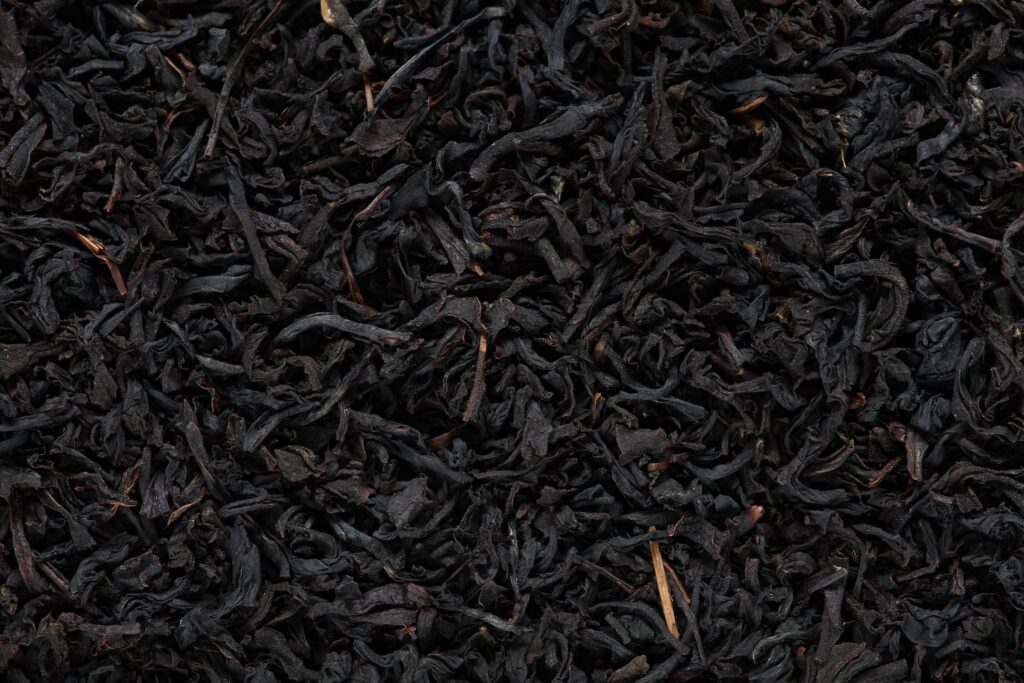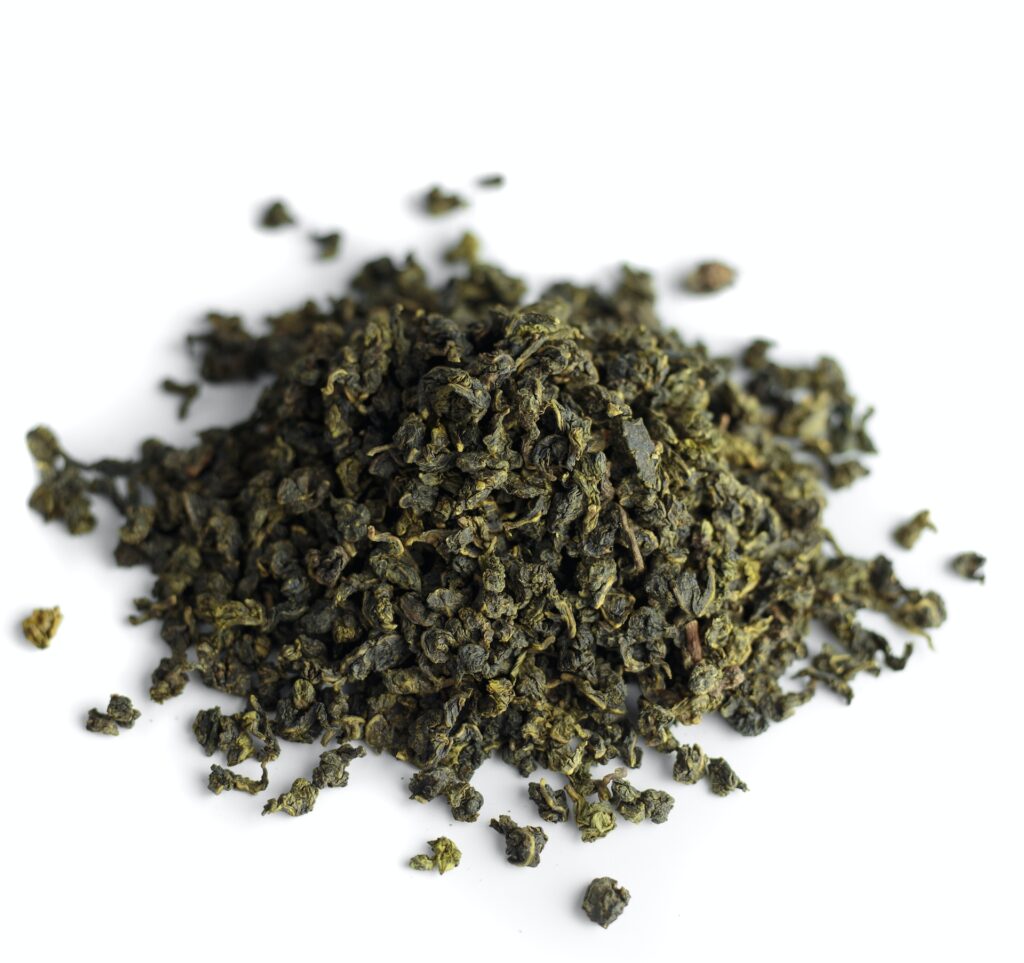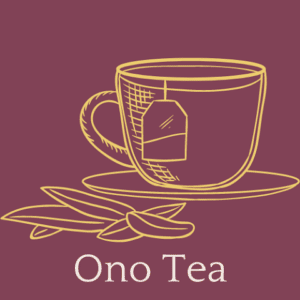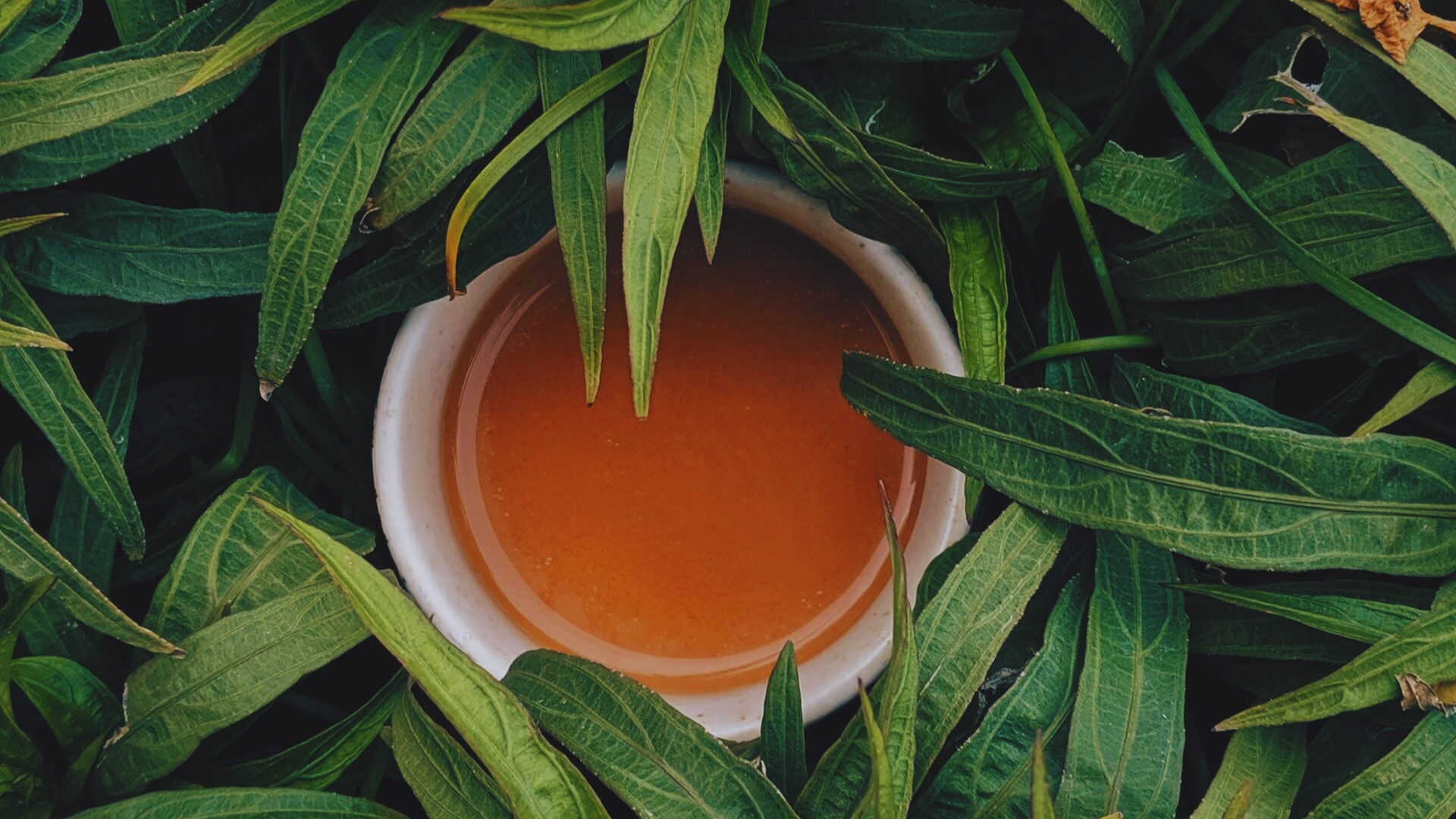The dilemma of the tea drinkers: What’s better for your health, Assam tea or Oolong tea? Tea comes in an array of varieties: black, Oolong, green, yellow, and white.
But what the heck is authentic green tea? Quite simply, it’s made from the Camellia Sinensis plant, which has been grown for generations.
Well, you’d want to be sure you have all the facts before deciding! But hey, which brew is truly best for you? Confused? Don’t worry; we’ll give you the scoop. Are you ready? Let’s dive in!
Assam Tea

Assam black tea from the Indian state of Assam has a flavor for the books: robust and malty with a full-bodied punch. Deliciously delightful! It’s definitely popular for adding to blends. But it’s also really tasty when enjoyed all on its own, so why not give it a try?
That pairing really hits the spot. It’s one of those classic combinations that never fails.
Oolong Tea
Let’s raise a cup of this delightful infusion and savor its unique taste. Oooh, Oolong tea! It’s one of those special Chinese green teas that are fermented and mainly grown in Fujian, China, and other parts of Asia. Talk about flavor! This whole-leaf tea definitely packs a stronger punch than other types. With its unique blend of fruit, floral, and nutty notes, it makes sipping more interesting—yum!
Assam vs. Oolong
Want to know the similarities and differences between these two legendary beverages? Read ahead and find out! We’ve got a list waiting for you!
Origin and Cultivation
Naturally, Assam tea is from the Indian state of the same name, and for good reason. It’s hot and sticky all year round in Assam, making it the perfect environment for producing this type of tea! The Camellia sinensis plant, which actually originates in China, has been harvested here since the 1800s. Amazing!
Well, Oolong tea—now that’s a classic! This flavorful Chinese beverage is grown in several provinces, including Taiwan. This intensely aromatic refreshment also comes from camellia sinensis, a plant-like black tea. However, it only needs to be oxidized for a tiny period compared to its darker counterpart.
Taste and Aroma
Assam tea has become a staple in many cultures thanks to its rich caramel color and robust, malty flavor. Perfectly suited for milk and sugar, it’s often added to morning blends, not to mention chai mixes. The robustness of the brew definitely packs a punch!
The fabulous flavor of Oolong tea is a delightful surprise; its flowery and fruity notes give it an incredibly refined taste, unlike Assam tea. Making a cup in the gongfu method with brief infusions from a small teapot truly unlocks its deliciousness with alluring hints of honey, caramel, and roasted almonds. YUM!

Caffeine
Assam tea contains a significantly higher caffeine boost than Oolong tea—you can thank its full-bodied nature as a black tea that’s been fully oxidized! Generally, you can expect your cup of Assam to contain anywhere from 50 to 90 milligrams of caffeine. However, this depends on its potency. Oolong tea can reach the peak of its caffeine potential depending on the amount of time it is steeped. It’s in between black and green teas when it comes to caffeine content, with a range of 30 mg to 50 milligrams per cup. Impressive!
Health Benefits
Oh wow, who knew antioxidants could do so much for our health? They actually shield our cells from harm from dangerous free radicals and even lessen the likelihood that we will develop chronic conditions like cancer and cardiovascular disease.
But what’s really remarkable is that both Assam and Oolong teas are packed full of antioxidants—talk about an unexpected connection! However, as great as their health benefits are, it’s fundamental to understand that they’re not identical.
The caffeine present in Assam tea is awesome; it can help you stay more alert and think straight! Studies have suggested that it can even have positive effects on your heart and lower your risk of diabetes. It’s incredibly exciting stuff, though, of course, more research needs to be done.
Hold on there, buddy! Oolong tea is just as extraordinary! Its catechin and caffeine content can boost your metabolic rate, helping you shed pounds. But it’s not all about weight loss. Consuming Oolong has been shown to reduce cardiovascular risk and even improve bone density. Pretty neat, huh?
Brewing Techniques
Prep Assam tea just right by steeping the tea leaves in hot water for three to five minutes. You’ll get the perfect cup every single time, plus you can totally customize it with or without milk and sugar to suit your taste buds.
If Chai tea is more your jam, nothing beats the classic combination of Assam tea with steaming hot milk spiced up with some cinnamon, ginger, and cardamom brewed together—ecstatic!
Oolong tea should be brewed at a temperature between 180 and 200 degrees Fahrenheit for optimum flavor. Each successive steeping may bring out different tastes and aromas, but Oolong offers natural sweetness before you need to add honey or sugar. So if you’re looking to amp up the flavor even more, I’d recommend adding just a touch of something sweet.
Cost and Convenience
Assam tea is everywhere, from your local store to online. Plus, it’s wallet-friendly! Many people like to use it in tea blends, either pre-measured in bags or unpackaged and straight from the source. It’s an easy way to get a yummy cup of tea without breaking the bank!
Oolong tea is kind of hard to find, so you might have to make a special trip or go online if you want to get your hands on it. Unfortunately, its price tag is higher than Assam tea due to the lengthy process required to make it.
Cultural Relevance
Oh, the ceremonial and social usage of Assam tea is full of tradition! Such a treat for tourists and tea lovers! You get to visit all the lush, dreamy plantations that grace the Assamese landscape!
The caffeine-lovers’ dream from the Assam region of India—delightfully malty and full-bodied, it’s the perfect way to start your day—packs a punch with its higher-than-most caffeine content! Alternatively, you could try beautiful Oolong tea, a traditional Chinese tea with a lighter taste and fruity undertones. Sitting right between green and black tea, this one’s sure to tantalize taste buds but won’t leave you wired like that first cup of Assam!
Conclusion
Ooh, the age-old question: which tea should I drink? Well, of course, it all comes down to your own tastes! If you’re looking for a robust and full-bodied cuppa with a strong caffeine kick, then Assam is definitely the one for you. But if your preference lies with something more delicate and softer in taste, Oolong might be more up your alley.
Let’s take a closer look at where these two teas differ so that you can make an informed decision about which one will have you grinning from ear to ear!
If you want to make both, here’s a little something for you to know how. Happy brewing!

